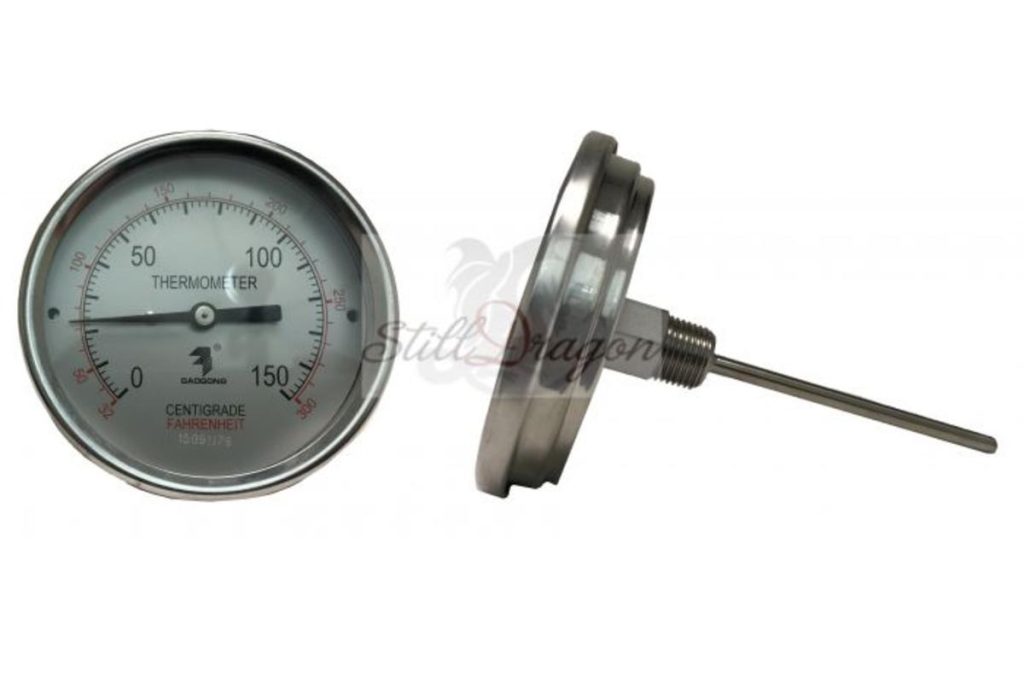How Much Heat Do I Need to Run My Still?

One of the most common questions asked by newly minted pro distillers is: “How much heat do I need to run my still?” The answer ultimately depends on how important your time is to you. Though the investment into upgrading one’s ability to provide an adequate still heat source can be dear, time is something that really can never be recovered. And time really does equal money – especially when it comes to distilling.
Distilling and Heat: Why Time Is Money
For the spirits entrepreneur, the longer it takes to produce a competitively priced finished product (vodka, for example), the more your margin will suffer. Having user-friendly equipment that gets the job done in a timely manner is paramount to running a safe and profitable distillery. And, like it or not, distilling for profit really is about exploiting economy of scale to the full extent possible.
Another consideration that we try to help the new craft distiller understand is that (as with nearly every business) labor costs will almost always be greater than the expense of the equipment over a given period of time. It should be the goal of the spirits entrepreneur to do the same production volumes with 3 or 4 workers as their competitors do with 8 or 10 workers. And, to do that while not completely burning out the workforce… which in turn can more broadly affect morale, productivity, etc. I digress.
The fact is: still heat-up times can gobble up precious time. Longer (or shorter) heat-up times can mean the difference between getting home at night in time to prepare a family meal or being handcuffed to the distillery until all hours of the night to complete a distillation run.
Still Heat Times
As a rule of thumb (notwithstanding kettle design), we would typically say that it takes about 70 watts of power (238.7 BTUs) per every liter of 10% ABV beer to heat to boiling within 1 hour. Similarly, it takes 35 watts of power (119.35 BTUs) per every liter of 10% ABV beer to heat to boiling within 2 hours. So, twice the power means twice as fast.
For example, let’s use a 1000L kettle charge of 10% ABV beer. 1000L x 70 watts = 70,000 watts of power for a 1-hour still heat-up time. And, 1000L x 35 watts = 35,000 watts of power for a 2-hour still heat-up time.
Naturally, after heat-up temperatures are achieved, you won’t need quite that much heat. Although, your Authority Having Jurisdiction will require that your power supply be sized according to maximum draw capacity.
Hopefully, this article has provided useful insight into still heat. For more information about equipment sizing and production speeds, contact StillDragon via email at info@stilldragon.com or call 561-903-4729.